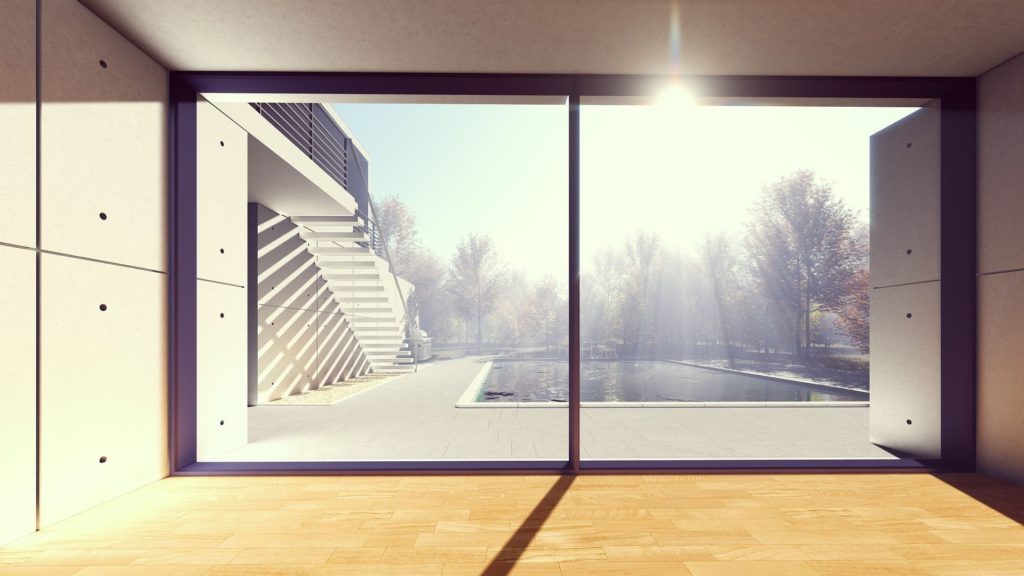Human-centric lighting is changing how we think about light. Indoor lighting no longer revolves around unchanging light sources. Instead, it can mimic the natural light cycle and, in the process, support your circadian rhythm.
This allows us to light for productivity during the day and relaxation at night. Human-centric lighting and circadian effective lighting are the most common terms used to describe lighting fixtures that are designed specifically to do just that. Human centric lighting improves upon traditional lighting while addressing historical shortcomings.
Shortcomings of Traditional Lighting
Traditionally, the lighting in our homes and workspaces would be the same whether it was day or night, whether you were waking up or winding down. Due to our ever-growing understanding of human biology, and in particular, our understanding of our body’s circadian rhythm, the inherent shortcomings of traditional unchanging light sources relative to our bodies biological clock are becoming clear.
The negative effects of using traditional light sources include poor sleep, increased stress, lack of motivation, weight gain, drowsiness, and even depression.
Benefits of Human Centric Lighting

However, we can easily avoid this and instead actually gain some benefits, by using human centric lighting. In the morning, when using human centric lighting, skyblue light is used for its numerous benefits (explained in-depth below), and it should also be used in your workspace to boost productivity.
Skyblue light abundantly found on a bright sunny day has been shown to cause an increase in alertness, productivity, and mood. All effects which compliment tackling the day’s workload. At night, human centric lighting adjusts to more of a calm, and ambient amber light. This spectrum of light has been shown to aid in the production of melatonin, and naturally coaxes our bodies to wind down at the end of the day. This helps prepare our body for restful sleep; something many of us desperately need.
How Human Centric Lighting Works With our Circadian Rhythm
Human centric lighting works in tandem with our circadian rhythm. Our bodies are oriented to the sun’s natural light cycles. The sun comes up in the morning, the sun sets at night, it’s then dark through the night, and it rises once again and so on. These environmental changes in light are cues for many of the biological processes within our bodies.
This cycle of biological processes in relation to light exposure is referred to as our circadian rhythm. Our modern world and schedules do not take the possible negative effects of disrupting our circadian rhythm into account, which are numerous.
Lighting for Your Home and Workspace
As such, our home and workspace lighting should absolutely be human centric. Some of the best available options come from BIOS Lighting. BIOS makes it as simple as switching a lightbulb- literally. With our state-of-the-art SkyBlue A21 LED lightbulb, we provide the complete package.
The SkyBlue bulbs emit the specific SkyBlue wavelengths of light that are abundant on a bright sunny day. During the daytime and morning hours it emits this SkyBlue spectrum light to enhance productivity and boost our mood. While at night dimming the bulbs completely removes the SkyBlue and transitions to a cozy warm amber, that is the perfect nighttime lighting solution. This creates a warmer atmosphere that promotes melatonin production and better sleep.
The positive effects of human centric lighting are numerous. Improving even just our sleep can have a massive impact on our day to day lives. How we feel determines much of how we act, and how we act can often influences how we feel. Optimizing our homes and workspaces with human centric lighting is an incredibly simple way to improve our lives.
FAQ
● What does Human-Centric Lighting do?
Human-centric lighting not only allows you to see, but also includes specific wavelengths of light that signals our brain and bodies whether it is clearly daytime or clearly evening, allowing them to begin or halt various biological processes.
● Why is Human-Centric Lighting becoming so popular?
As we all find ourselves indoors more than ever, there has been an increased focus on mental and physical health. Research has shown that light is an essential component to our physical and mental health and well-being.
Human centric lighting is one of the easiest ways to improve your day-to-day health. Human centric lighting can replace traditional lighting which does not have the light signals our bodies and minds need for proper brain health and influences our mood and daytime alertness.
● What is the goal of Human-Centric Lighting?
The goal of human-centric lighting is to provide the important SkyBlue light signals our bodies and minds need to support our circadian health. These SkyBlue light signals are missing from traditional lighting which can negatively impact our sleep, alertness, mood, and brain function.
● Are human-centric lighting benefits really based in science?
Absolutely, yes! There are numerous studies demonstrating the importance of light and circadian health. Human-centric lighting is based on this research and provides light bulbs designed to improve our health and well-being by creating brighter biological days and darker biological nights.[/et_pb_text][/et_pb_column]
[/et_pb_row]
[/et_pb_section]



